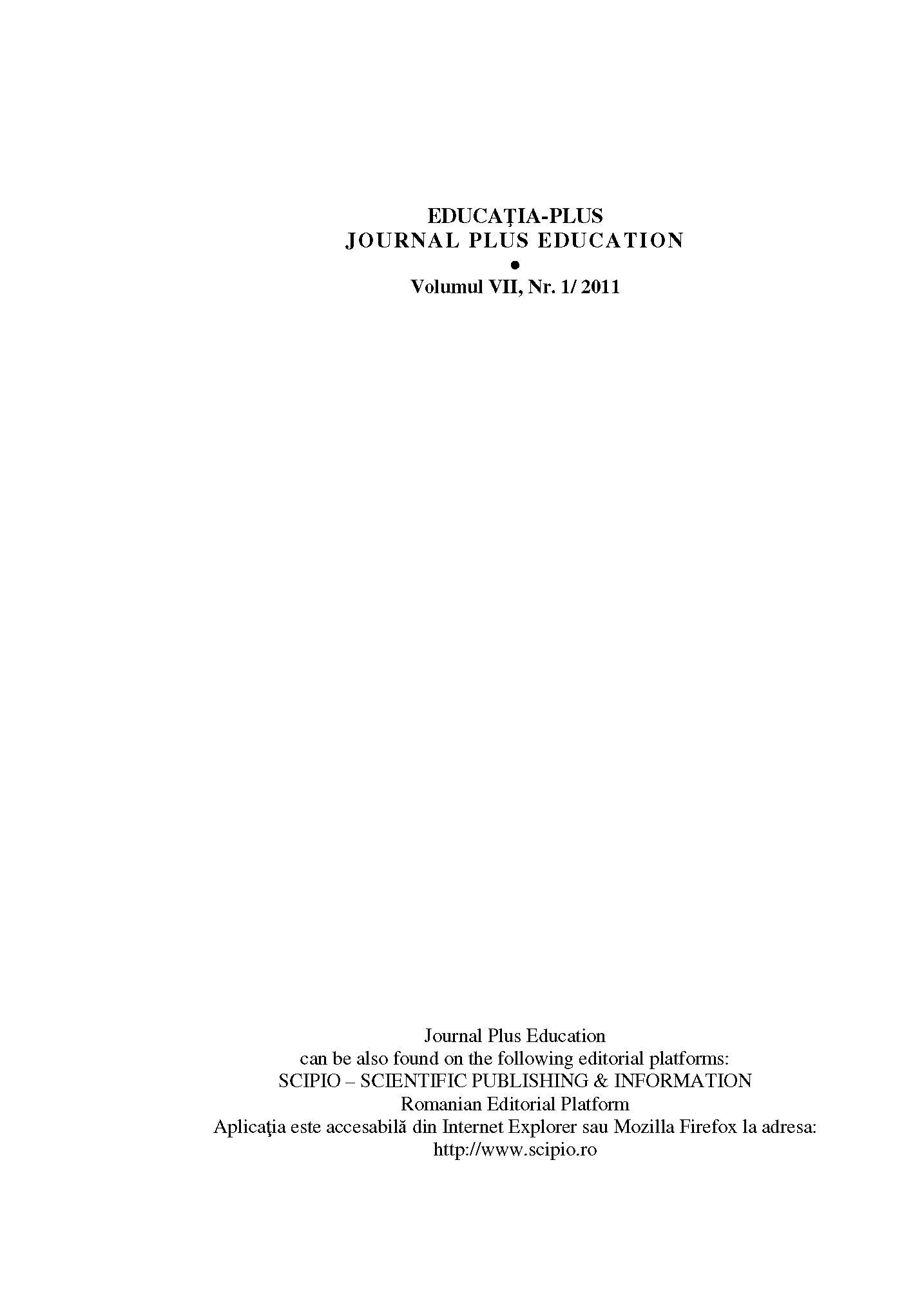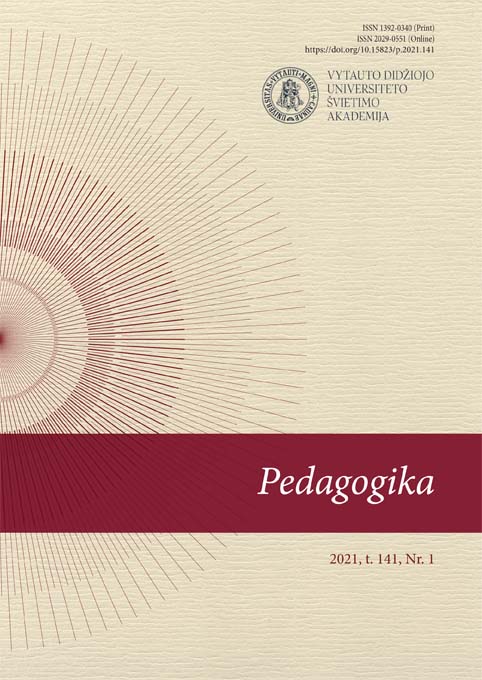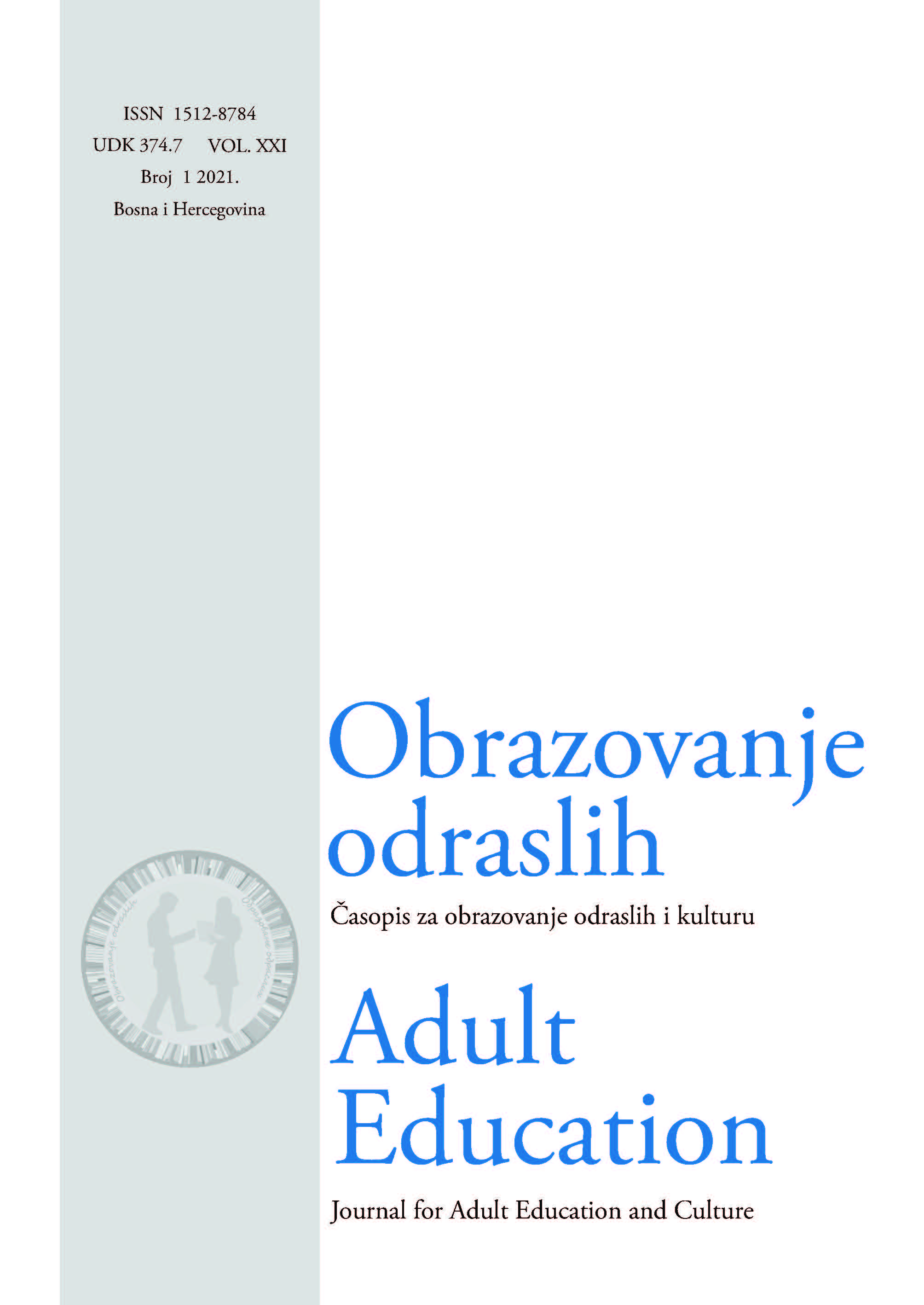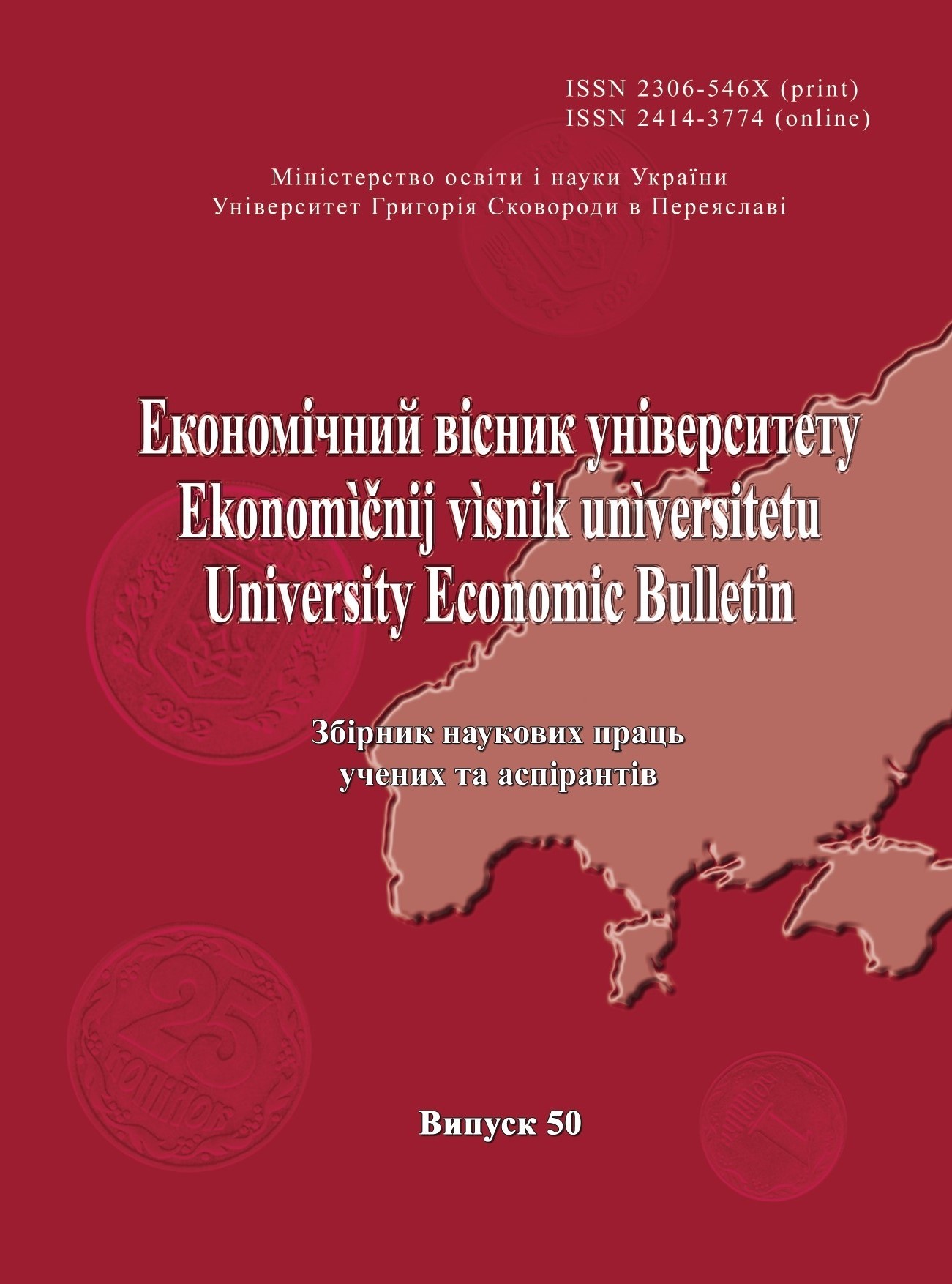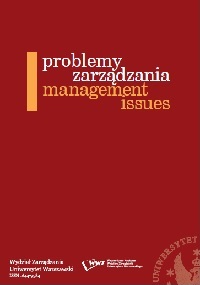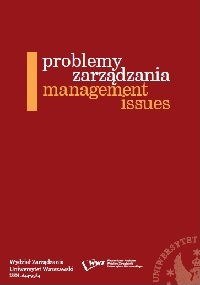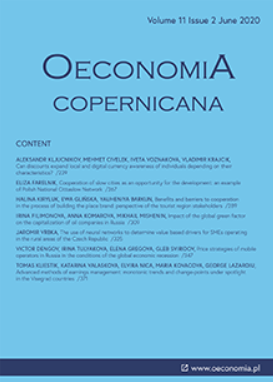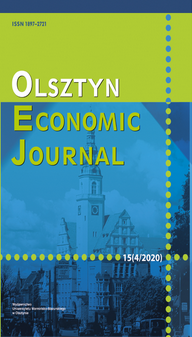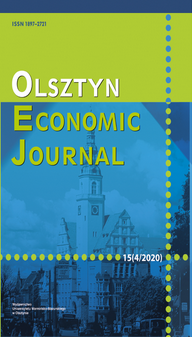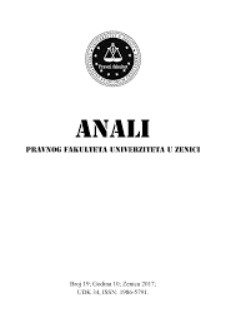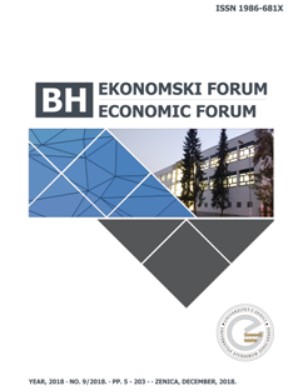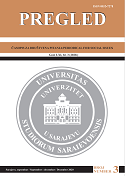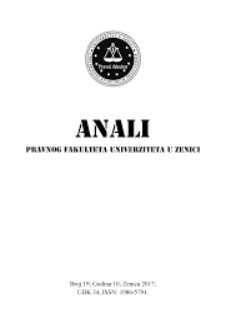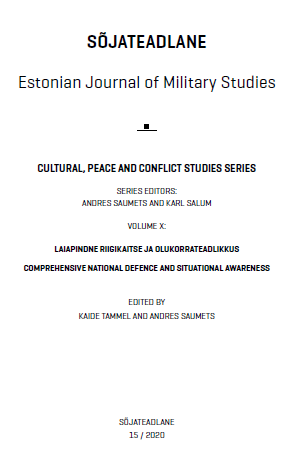Author(s): Tetiana Rybakova,Olena Semenenko,Olexandr Cherniaiev / Language(s): English
Issue: 50/2021
Relevance of research topic. One of the effective methods of choosing strategies of increasing the efficiency of enterprises’ economic activity in various industries can be a comprehensive economic diagnosis as a means to adjust the strategy and tactics of manufacturers and identify effective ways for their further development. Formulation of the problem. Today’s difficult economic conditions require not only to stabilize the enterprises’ commercial activity but also to increase production efficiency and competitiveness in the market of products and services. A means to increase the enterprises’ efficiency is to conduct a comprehensive economic diagnosis. This is of particular relevance for the country’s dairy enterprises due to the specifics of supply and marketing, perishable produce, and the crisis of the dairy market for today. Analysis of recent research and publications. This scientific problem was studied by several domestic and foreign scientists, such as I. Farion, L. Savchuk, S. Zhukevych, I. Kryvov’iaziuk, T. Bozhydarnik, A. Kiriienko, N. Zymyn, I. Zelenchuk, T. Horodnia, I. Moiseienk., N. Kushnir, N. Sarai, O. Hetman, T. Zahorna, N. Bobko, Yu. Koval., V. Zabrodskyi, V. Zinchenko, A. Vartanov, O. Hadzevych, T. Kostenko. Selection of unexplored parts of the general problem. In most scientific works the attention is focused on the study of individual components of economic diagnostics. As for the development of methodological approaches to the realization and implementation of a full-fledged methodology of integrated economic diagnostics, it is not sufficiently reflected in the economic literature. Setting the task, the purpose of the study. Theoretical substantiation and development of methodical and practical recommendations for improving the process of comprehensive economic diagnostics of the dairy industry enterprises’ economic activity (on the materials of dairy enterprise “Pereiaslav-Molproduct” LLC) for increasing business efficiency. Method or methodology for conducting research. A set of general scientific and specific research methods, as well as non-formalized and formalized methods, were used to achieve the goal and to cope with the tasks set in the research. The results of research. Scientific and methodological approaches and practical recommendations for improving the process of the enterprise comprehensive diagnostics are substantiated and the ways to increase the efficiency of economic activity of the dairy industry are proposed. The field of application of results. The results of the study can be used by the enterprises in the diagnostics of the current state of enterprise by its own, based on strategic considerations, as well as in the development of business plans, investment and innovation projects, strategic development plans; and in the educational process (in the preparation of the relevant sections of textbooks and tutorials for courses “Economic Analysis”, “Management”, “Strategy of Enterprise”, “Methods and Models of Optimization”). Conclusions according to the article. The theoretical considerations formulated and substantiated in the research made it possible to present scientific and practical proposals regarding the application of the model of comprehensive economic diagnostics to increase the efficiency of enterprises’ activity.
More...
